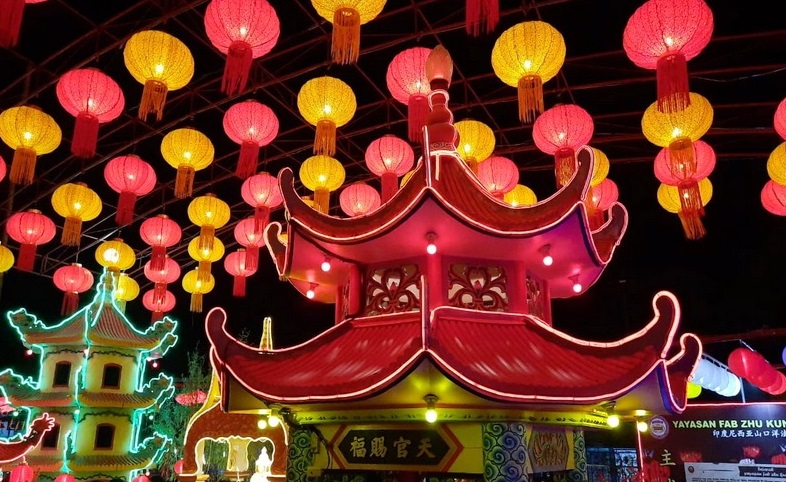
Lanterns hung along the streets of Ketandan Village. Red shades also covered the Chinatown. Various ornaments were installed to enliven the Chinese New Year celebration which falls on Saturday (1/25). Every year in addition to commemorating the Chinese New Year, Ketandan Village is putting on makeup as well as being the center of the Yogyakarta Chinese Culture Week (PBTY) event which is now entering its 15th event commemoration.
PBTY was first held in 2006. One of the figures who also became the organizer at the time was Drs. Arif Akhyat, M.A., lecturer at the UGM History Department. He was then appointed as the Organizing Committee of the event.
Arif stated that the idea to organize PBTY was motivated by the existence of the Chinese community in Yogyakarta which at that time was still sealed. However, according to him, this is reasonable because the Chinese community, not only in Yogyakarta but also in general, does have its own trauma. “The trauma that is still clearly recorded and is inherent in their memory is certainly the 1998 event,” he said.
Arif added that reminiscing from history, the relationship between the community and the Yogyakarta Sultanate was actually fairly intimate. Some monuments, such as the Chinese inscription, the Ngejaman, and the Gondomanan temple are proofs of this relationship.
“In the past colonial period, Yogyakarta had experienced a crisis. During this period, it was the Chinese citizens who helped supply the goods. In fact, Bakpia which is a culinary of Jogja is now the result of acculturation of Javanese and Chinese culture,” he explained.
According to Arif, the most influential thing on the position of the Chinese community was at the national level especially after the 1965s event. Many of them were associated with the PKI just because their racial home countries were known to adhere to this ideology.
“Finally, at that time as a solution the government suggested that Chinese citizens in Indonesia have a Javanese name,” he explained.
Arif explained that it made them to stay away from political practices or just to register as civil servants during the New Orde Era government. “As it was common knowledge at the time, if the Chinese registered civil servants, it would most likely not be accepted,” he said.
Finally, a bright spot for Chinese citizens came after Gus Dur served as president. Gus Dur, who is well known for his multicultural views, inaugurated the Chinese New Year as one of the holidays. This holiday was originally only valid for Chinese citizens. And it was only during the Megawati era that it was officially declared a national holiday. According to him, this became an important point for the Chinese community.
“During the new orde era, Chinese New Year was not included in national holidays because it was only considered a cultural celebration. At that time, because they were not recognized nationally, Chinese New Year celebrations were only held in private. “The recognition of the Chinese New Year means that the existence of the Chinese community as part of this country is also recognized,” he explained.
Nevertheless, Arif explained that there were fears still followed the Chinese community. Therefore, the idea of PBTY is to erase those fears and encourage them to become an inclusive community.” With PBTY, we explained to the Chinese citizens in Ketandan at that time that they no longer needed to be afraid to express their culture,” he explained.
Finally, Arif explained that the term ‘Chinese’ itself came from the reflection of their community after going through a series of events earlier. “They want us to call them as ‘Chinese’ instead of Cina because the term shows that they are still the part of this country. Chinese is shown to those who are Chinese crossbreed, means that their ties with mainland China have long been broken, especially in the political matters. They better identify them as Indonesian. In the end, this term was legitimized by President SBY with Presidential Decree No. 12 of 2014,” he concluded.
Public Relation Office of Universitas Gadjah Mada
Reporter: Hakam
Translator: Sasa
Photo: okezone.com

